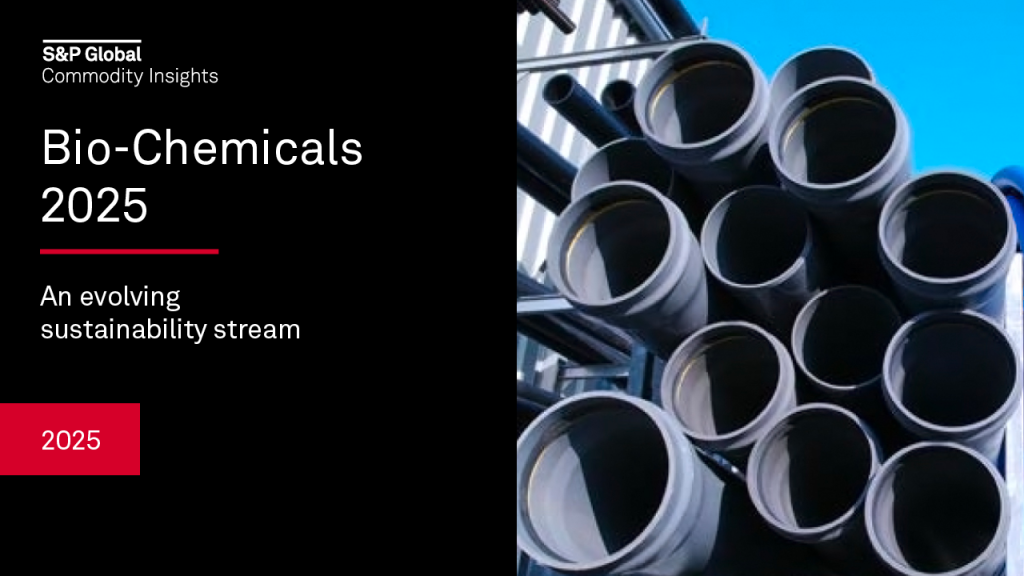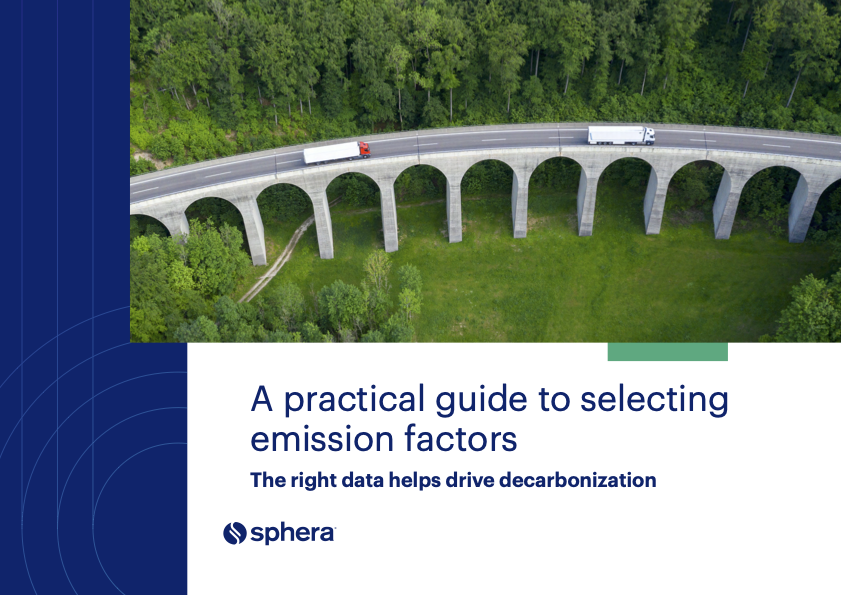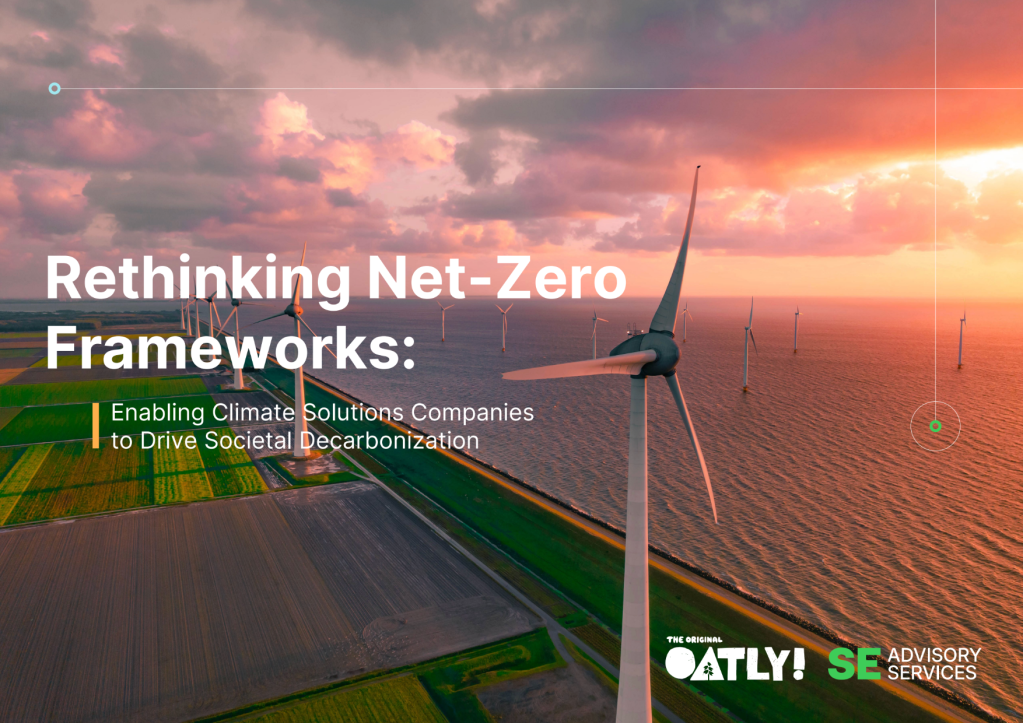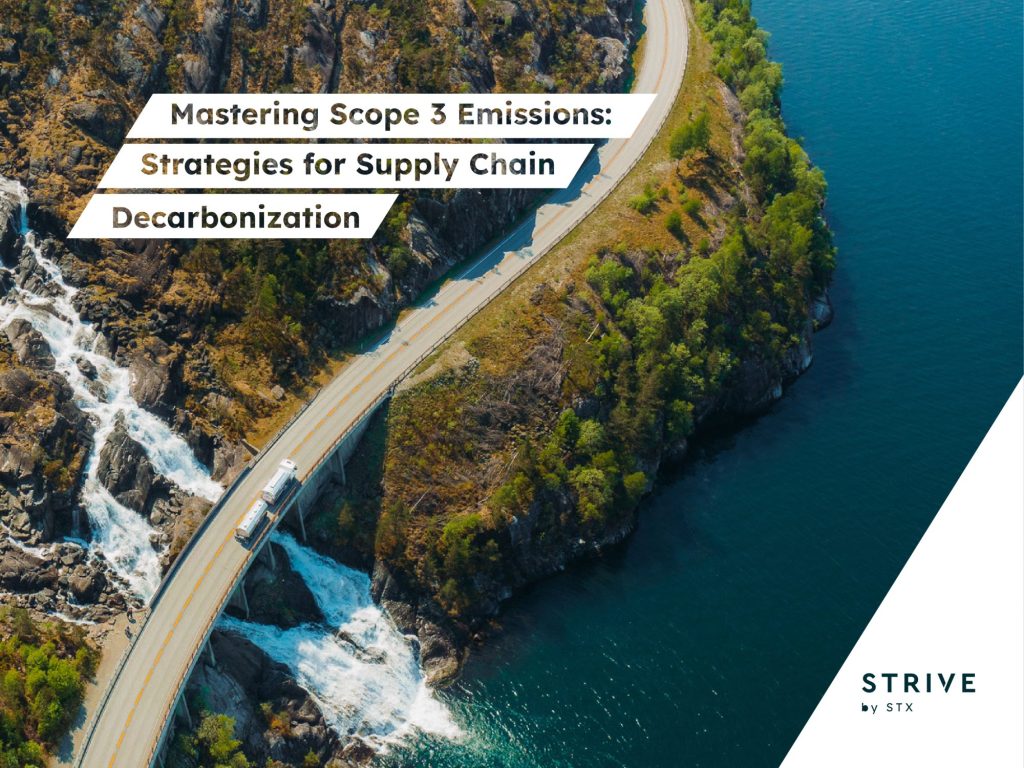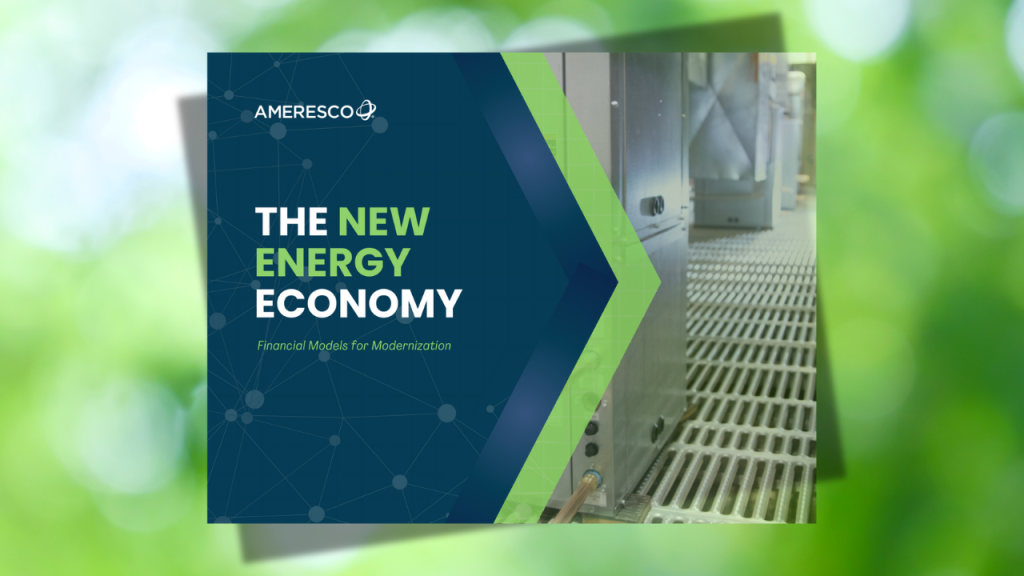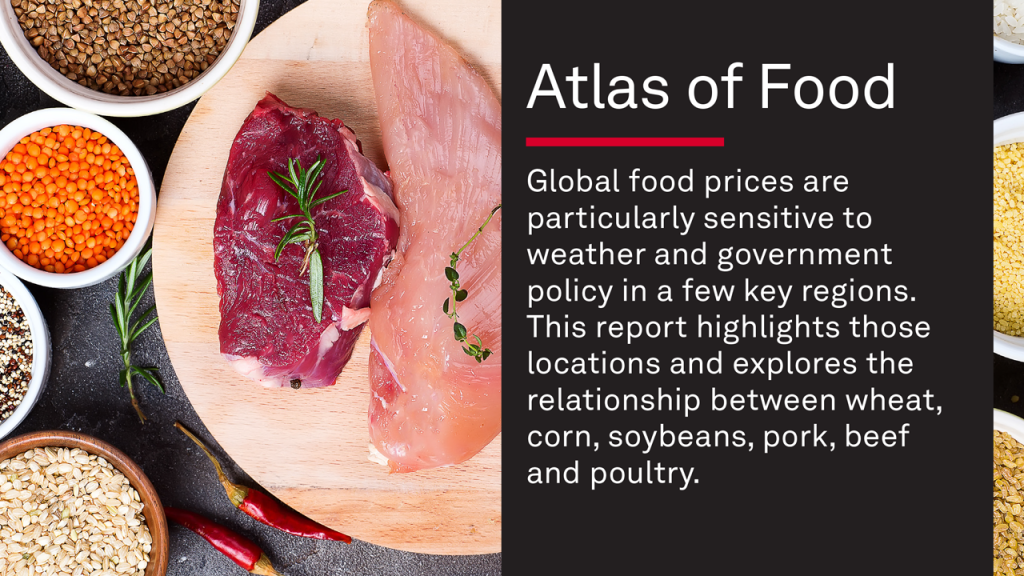At COP30, governments follow the lead on corporate climate procurement
In a new declaration, 35 countries committed to embed sustainability in procurement policies. Read More

- At COP30, 35 countries have signed on to a new declaration that showcases new commitments to sustainable public procurement.
- But procurement rules in too many countries still require officials to pick the lowest upfront cost option without considering their own stated goals for the future.
- To purchase greener options, governments can learn from years of corporate procurement strategies to accelerate the rise of clean, competitive industries.
The opinions expressed here by Trellis expert contributors are their own, not those of Trellis.
Despite media headlines about government backsliding on climate in North America and Europe, evidence presented at COP 30 in Brazil shows climate policy is actually on the rise globally, with developing countries leading the way.
Not only are we seeing a diffusion of government climate policy, but trends in the quality, ambition and rigor of climate policies are getting stronger. For example, our Climate Policy Monitor at the University of Oxford spotlights leadership in key Latin American and African nations with strong disclosure rules, including requirements on Scope 3 reporting and engagement — a trend that lines up with recent findings about increased corporate commitments to sustainable procurement.
Also, governments at this year’s COP 30 in Bèlem took to the stage to declare their own commitments to sustainable public procurement. This declaration represents a critical demand signal from governments to the private sector, for sustainable products, processes and practices across their own supply chains.
To deliver on their nationally determined climate contributions, governments have much to learn, and to buy, from companies leading on sustainable supplier engagement, product innovation and industrial collaboration.
Yet procurement rules in too many countries still require officials to pick the lowest upfront cost option without considering their own stated goals for the future. That decision, repeated millions of times across jurisdictions, entrenches old industries and delays the very technologies governments claim they want to nourish.
Fixing the procurement gap
To fix this gap, 35 countries at COP30 with growing commitments have launched a new collective plan committing to:
- Embed sustainability in procurement policies
- Expand green procurement to more spending areas and support local green markets
- Involve diverse communities in shaping solutions
- Collaborate globally to share knowledge and track progress in order to build institutional capacity to advance the sustainable public procurement agenda
A major driver
In advancing this declaration, the Brazilian government acknowledged that public procurement represents 13 to 20 percent of global GDP and drives roughly 15 percent of global emissions. No single buyer on Earth purchases more cement, steel, food, transport services, buildings or infrastructure than the public sector.
So when governments decide to purchase greener options, markets shift at pace. When they don’t, businesses leading in sustainability are left fighting gravity without demand to justify their investment. Sustainable government procurement policies offer a future in which public promises match public spending.
Our research on green public procurement across 11 countries shows many co-benefits from such efforts and some inspiring examples of progress. Public purchasers are shifting what they buy, who they buy from and how they buy. For example:
- Korea, Japan, the EU and India are using national eco-labelling schemes to drive sustainable consumption and signal demand for climate-friendly goods and services.
- In Canada and the United Kingdom, suppliers must now meet minimum standards of corporate climate governance, including disclosures and transition plans, before bidding for major contracts.
- Australia is weaving environmental objectives directly into its procurement law, linking payment and performance to measurable sustainability outcomes.
- Brazil and Kenya are using public food procurement to support indigenous and female farmers, proving that social inclusion and climate goals can go hand in hand.
- And from Ireland to California to the UAE, green public procurement is transforming construction, reshaping demand for green cement, steel and insulation.
No longer a niche
Companies leading on corporate procurement have taught us that procurement is a strategic engine, not an administrative sidenote. Embedding sustainability into purchasing has helped firms future-proof their supply chains, save costs, protect against risk and spur innovation.
Governments, with even greater buying power, and public risk can do the same at national scale and businesses need them to. Without strong, consistent public demand for low-carbon goods, even the most ambitious companies struggle to justify investment in new technologies and materials. Green public procurement helps close that gap, often without new or additional spending. It aligns incentives, rewards climate leadership and creates stable demand.
Brazil’s COP30 declaration is more than a policy signal — it’s a chance for governments and companies to finally pull in the same direction towards a healthier future. If countries seize it, they’ll accelerate the rise of clean, competitive industries; if they hesitate, they risk losing their most ambitious businesses, or leaving them without the markets they need to grow.

Subscribe to Trellis Briefing
Featured Reports


